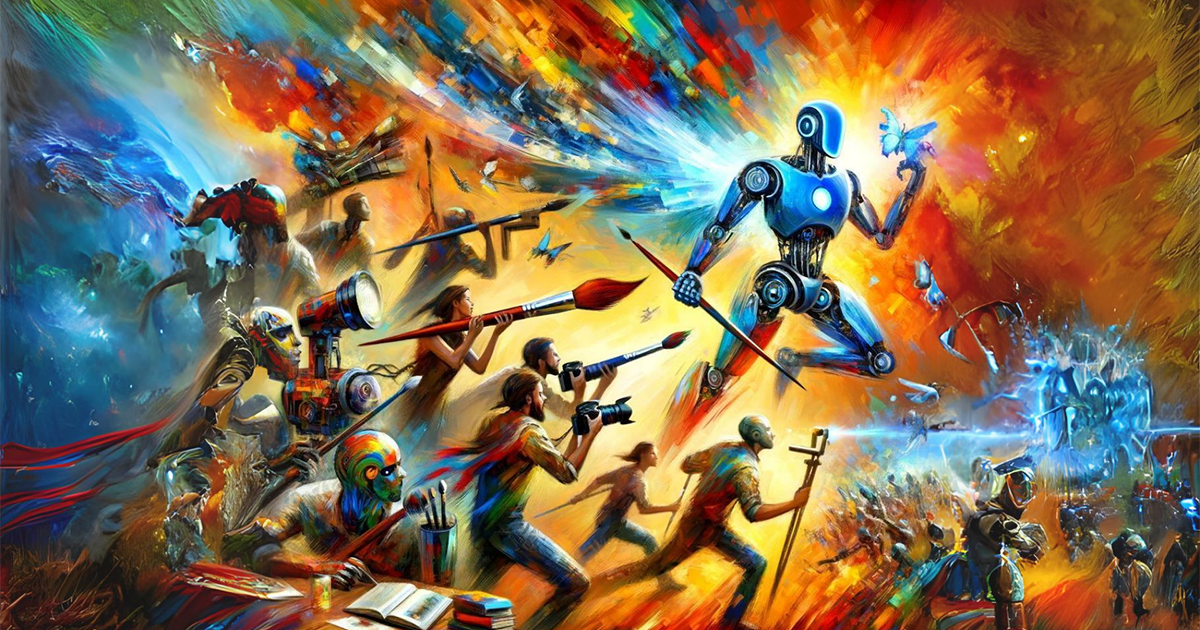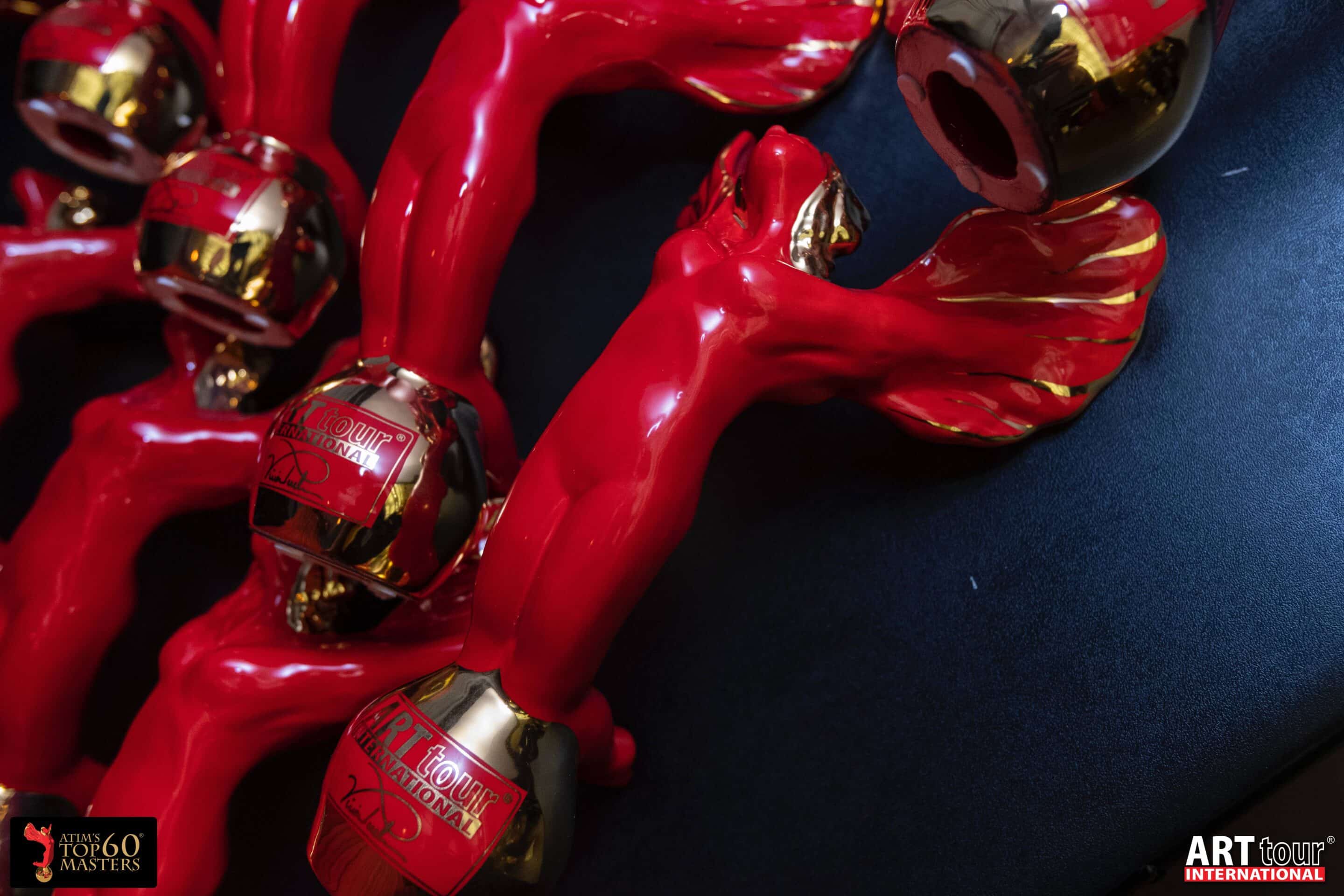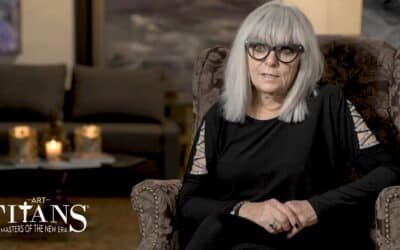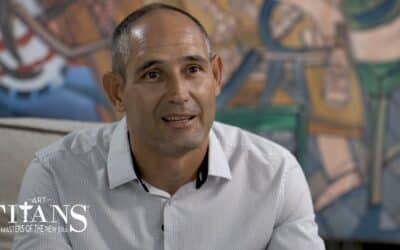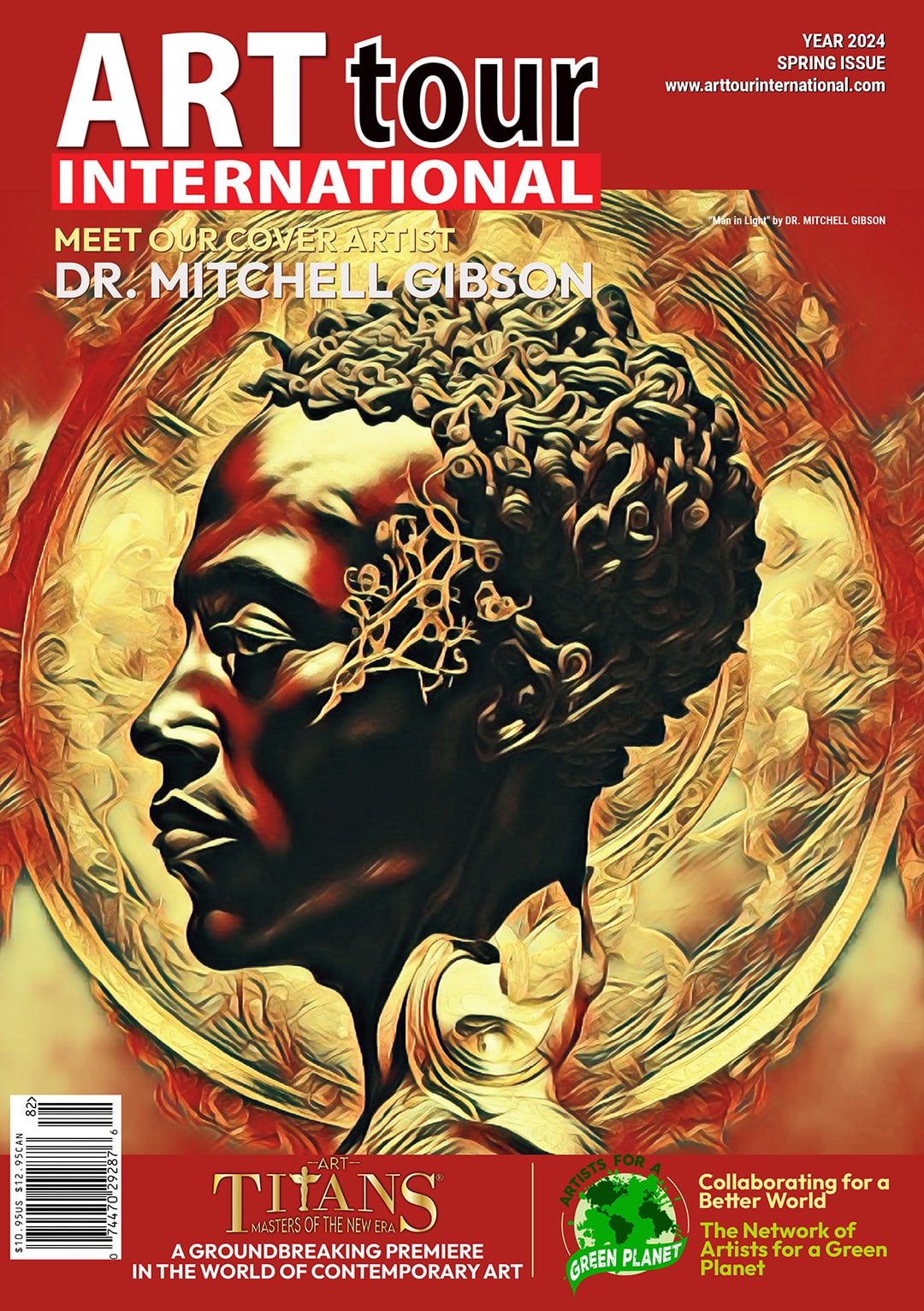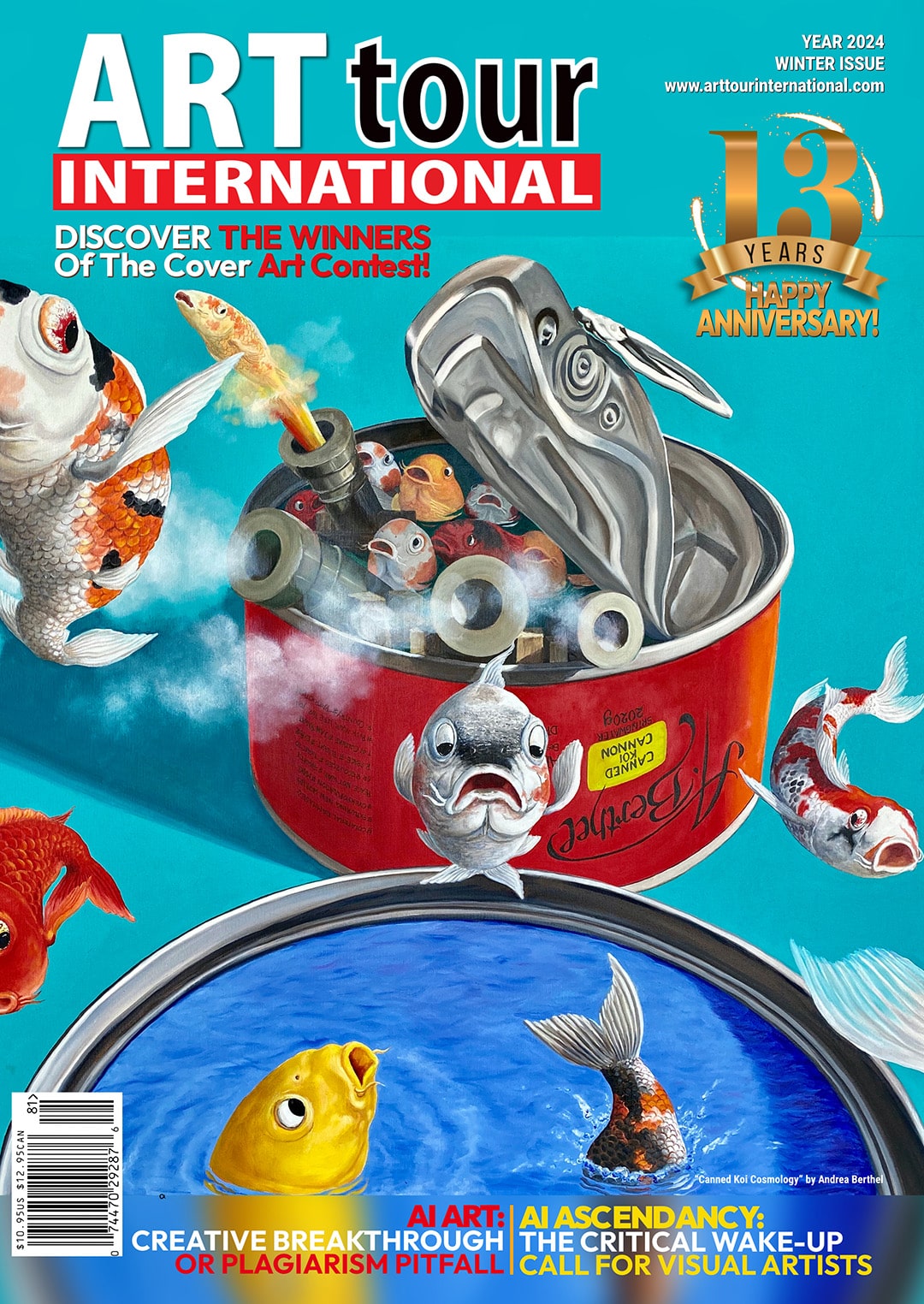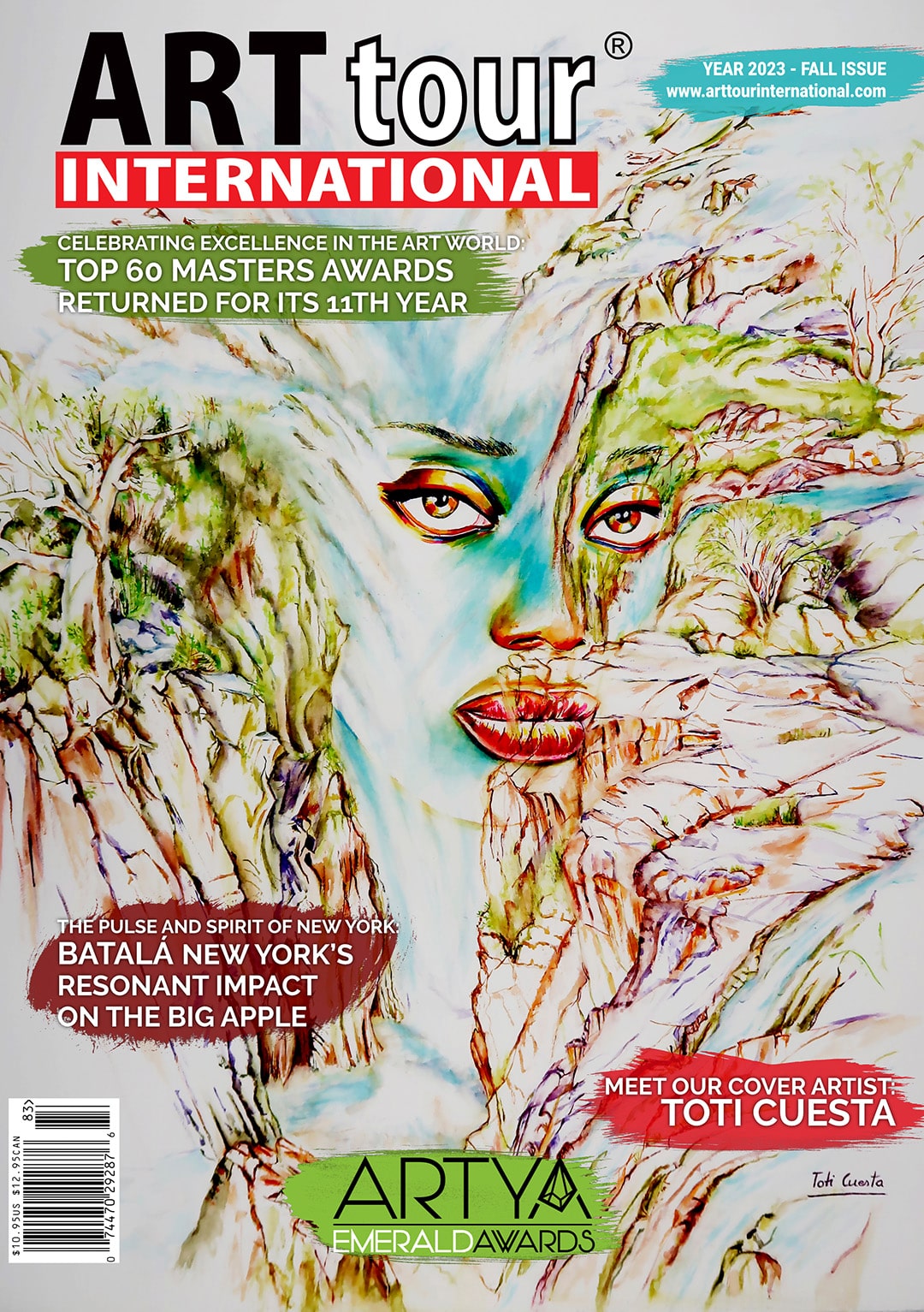In an age where AI can mimic any style, is artistic originality a brushstroke away from plagiarism?
By Viviana Puello.
Plagiarism has taken on a new dimension in the age of Artificial Intelligence (AI), posing unprecedented challenges in the art world. AI’s ability to replicate and create art has blurred the lines between originality and imitation, raising serious questions about plagiarism in this new era.
With AI’s proficiency in absorbing and replicating an artist’s style, discerning the line between inspiration and outright plagiarism has become a complex issue. The case of “GAN Theft,” a project by artist Robbie Barrat, exemplifies this. Barrat trained a Generative Adversarial Network (GAN) on thousands of Vincent van Gogh’s works, resulting in AI-generated art strikingly similar to the master’s style. This led to intense debates over plagiarism and the authenticity of AI-created art.
The rise of AI Ascendancy in the arts brings to the forefront several ethical quandaries about plagiarism:
- Ownership and Attribution: Plagiarism concerns arise over who truly ‘owns’ AI-generated art that mirrors the style of a human artist. Is it the programmer, the AI itself, or the artist whose style was replicated?
- Inspiration versus Plagiarism: Distinguishing between genuine inspiration and plagiarism in AI-generated art is challenging, as traditional tools for plagiarism detection are ill-equipped to handle the nuances of AI creations.
- Copyright Law Relevance: The existing frameworks of copyright law, designed for human creativity, are under scrutiny. How applicable are these laws to AI-generated art, or do we need new legal guidelines to address plagiarism in this digital age?
Addressing plagiarism in the age of AI requires urgent and innovative solutions:
- Transparency in AI Art: To mitigate plagiarism, there must be openness about AI’s role in the creative process. This involves clearly labeling AI-generated art and crediting the original artists whose styles were utilized.
- New Tools for New Challenges: Developing AI tools to detect plagiarism in AI-generated art is crucial. These tools can identify instances where AI has been used to copy or appropriate human artists’ works unfairly.
- Legal Evolution: The legal system must evolve to address the unique challenges of AI in art. Policymakers and legal scholars are debating how to adapt copyright law to effectively tackle plagiarism in the realm of AI.
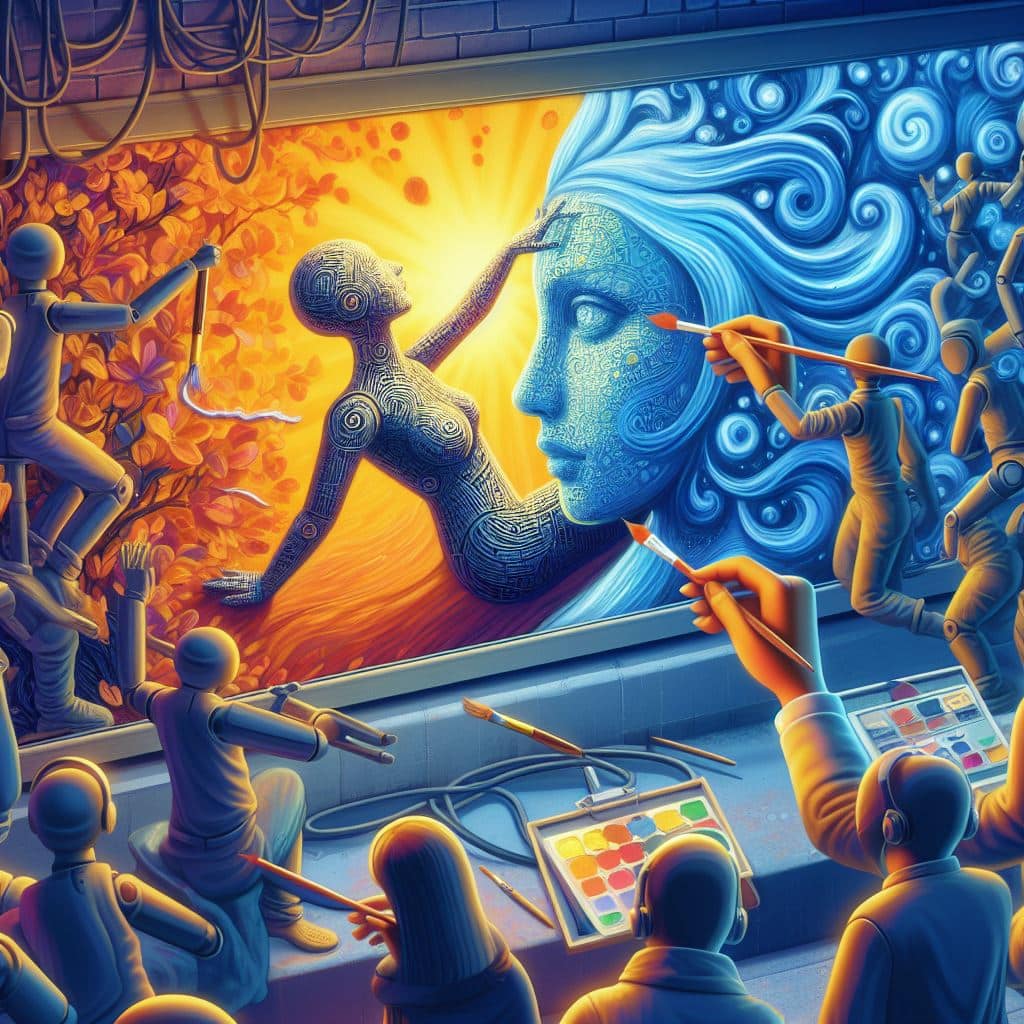
Collaboration across various sectors is vital in shaping the future of art in the AI era. By promoting ethical practices, engaging in open dialogue, and crafting innovative solutions, we can ensure that AI serves as a tool for enhancing artistic expression rather than stifling it.
The potential of art in the age of AI is boundless, but it comes with significant challenges. By thoughtfully and ethically navigating these challenges, we can ensure a thriving environment for both human and AI artists.
AI, a powerful tool in the hands of artists, can be wielded for good or ill. It is our collective responsibility to determine its use in shaping the future of art, especially in the context of plagiarism.
To protect oneself from plagiarism in the AI age, several proactive measures can be taken:
- Embed metadata and documentation within artworks to establish authorship.
- Register artworks with copyright registries to strengthen legal standing.
- Use watermarks or digital signatures as identifiers against plagiarism.
- Build a strong online presence to establish your unique style and presence.
If plagiarism occurs:
- Contact the infringer directly to assert your copyright and seek removal of the plagiarized work.
- Publicly denounce the plagiarism on social media and art communities.
- Seek legal advice to explore further actions, including litigation.
Lastly, community action is crucial:
- Advocate for ethical AI usage and transparent practices in AI art creation.
- Engage with the AI art community to foster responsible creation and attribution.
- Support legal reforms to protect artists’ rights in the face of AI-generated art.
Navigating the complexities of AI and plagiarism requires vigilance, resourcefulness, and a strong support network. By staying informed and proactive, artists can continue to thrive in this new landscape.
